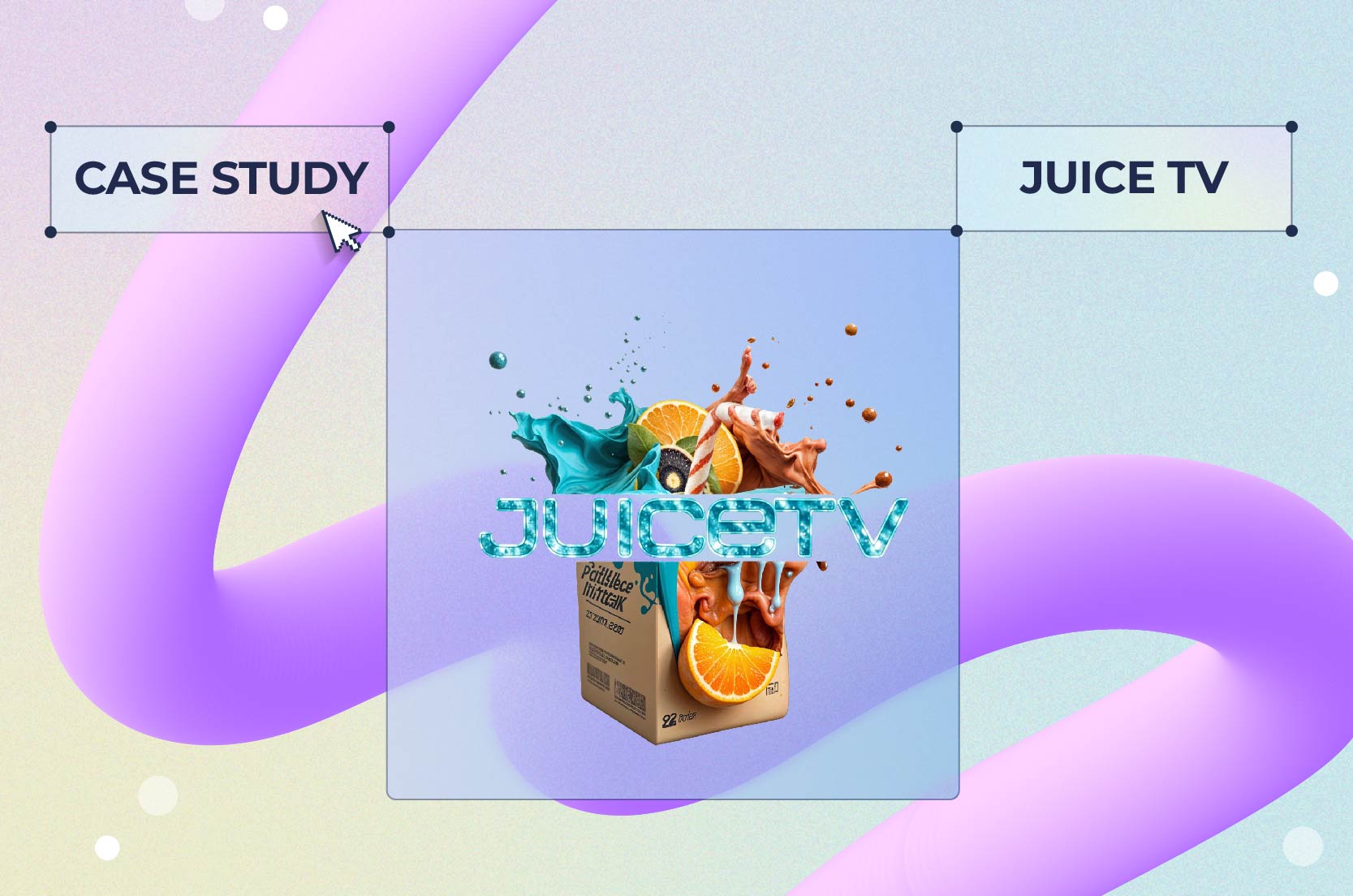
Case Studies
Coca-Cola or Pepsi? Apple or Samsung? Nike or Adidas? McDonald’s or KFC?
How do these brands so effortlessly stand out among their competitors? The seemingly effortless competitive advantage is the result of brilliant branding, meticulously built over years and years of continuous work.
Branding is vital: so we’ve all been told. But what exactly is branding?
Branding is the act of connecting a product (or business) with a particular name, symbol, or features and ideas to make it recognizable. (Cambridge Dictionary)

Branding gives your business a personality. And customers become loyal to a brand if they relate to the brand’s personality. Your brand can be trustworthy, luxurious, passionate, tasty, fun, innovative, caring, professional, or safe. It all depends on your target audience and how you want to position your business in the market.
Knowing the definition of branding is hardly enough to grasp its essence and importance. This article will help you gain a comprehensive understanding of branding, its significance, and its main constituents.
Let’s get started!
In essence, branding is the practice of differentiating one business from another through a name, logo design, story, messaging, and so on. It all starts with a brand name, for which you can use our AI business name generator.
Just like a business, any product can become a brand. This is known as product branding. Companies may sell similar products and services, but depending on their branding, they can attract completely different customers who feel connected to their brands for specific reasons.
A great example of successful branding is Old Spice’s funny commercial for the Super Bowl. The aim of the ad campaign was to attract younger consumers and gain a bigger market share. The slogan of the campaign was “Smell like a man, man”. The campaign’s face was Isaiah Mustafa, who was able to connect to the audience and reposition Old Spice as a brand associated with confidence and masculinity. Check out the video below.
Branding is not merely the design of your company. In fact, you can’t design a brand. Creating a logo design and visuals is part of branding, but first, you need to define your brand values and identity, voice, and personality.
Branding is the associations your customers have while interacting with your business, its products, and services. Each interaction shapes those associations; the buying decision is not solely based on product features. This is why customer service and social media presence are key factors in branding, as they form a relationship with customers.
Negative associations can sometimes arise when you least expect them to. Let’s have an example of branding gone wrong.
When Mercedes-Benz entered the Chinese market, its brand name was translated to “Bensi,” which means “rush to die” in Mandarin. The company had to rebrand to prevent spreading a harmful message, thus creating a controversial brand image.
The purpose of branding is to create a loyal community of consumers around an idea and shared values, and, of course, to encourage using your products or services. Now, let’s see why exactly branding is important and how it can benefit your business.
As we mentioned above, each brand has a unique personality and a visual identity. Giving your products/services distinctive characteristics, you help them stand out among other similar offerings.
According to a survey by Moosylvania, the top 10 favorite brands of millennials are Nike, Apple, Amazon, Target, Walmart, Samsung, Google, Sony, Jordan, and Adidas. Each of these companies shows an excellent example of branding.
In branding, consistency is synonymous with trust and dependability. People tend to trust brands that stay loyal to their promises and values. The more trustworthy your brand is, the more likely you are to gain returning customers.
Make your value proposition loud and clear and stay true to it with every social media post, product design, and customer service interaction. It is the fastest way to build a solid brand and grow brand awareness.
In 2010, Target launched a marketing campaign to connect with millennials through user-generated content. The company collected videos from its customers, in which students were sharing their college acceptance letters and their reactions while opening those. Next, Target created a commercial with the most memorable submissions. Check it out!
The commercial ties in perfectly with the company’s core message and policy. Target is not only known for providing affordable supplies to students but also for actively donating to educational causes. Aside from being a touching video, the ad is also a smart marketing move.
Becoming a trustworthy brand is important not just for customer acquisition but also for attracting potential investors and stakeholders. No one will invest their resources or time in an unstable business that rebrands itself every few months.
Why do people choose one product over another if those are almost identical? The answer is product branding. It’s a fact that consumers are interested not only in product features but also in the story and feel of the product.
To demonstrate this, let us ask you a question. How do you choose between two identical chocolate bars? Chances are, you’ll go with the brand you already know and love. That’s exactly what every business is trying to achieve with its product/service marketing.
Every brand needs a story to transfer its messages and values to the audience. Creating an emotional bond with your audience is one of the most important branding strategies, if not the most important one. How do your customers feel while interacting with your business? Those feelings will define you as a brand. The top brands have broken this code.
To build an emotional connection with their audience, P&G (Proctor and Gamble) created a campaign called #BecauseOfMom for the 2014 Winter Olympics. The idea was to emphasize the importance of a mother’s role in raising future champions.
Finally, having a strongly developed brand will increase employee satisfaction and attract the best of talents. A happy employee will strengthen your company and help to maintain a positive brand image.
Recruitment videos are the perfect tool to reach the right candidates and expand brand awareness. Their versatility will allow you to spread the word about your business across multiple social media channels.
Branding is about customer experience, brand values, and company culture. Take the time to develop a well-rounded brand strategy to ensure your business stands on a strong foundation.
To establish a brand and keep its consistency, you’ll need a brand style guide. Your brand style guide is all about how you present yourself to the public. As your company grows, it becomes harder to maintain consistency. A simple Word document with brief guidelines on what your brand should look, sound, and feel like will go a long way.
A brand style guide can touch on various aspects of your brand. Here’s an example of Spotify’s branding guideline on logo use.
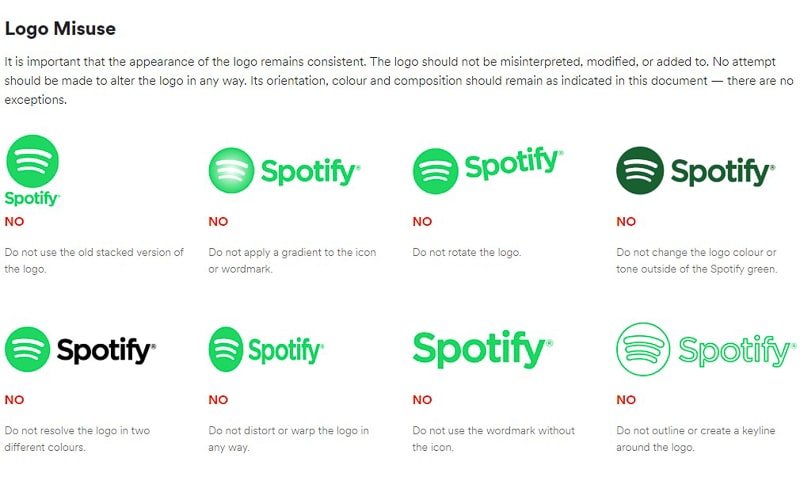
Your brand style guide should include the most central branding and design elements used in marketing your business, products, and services. Ensure all the elements are in line with your brand identity and objectives.
Now let’s break down the seven main components of a brand that should be present in your brand style guide.
A brand message is a way to connect to your target audience. It’s the core of what your business is and does, and thus, should be reflected in every piece of content you share. With the right brand message, you can inspire and persuade customers to choose you.
The task of spreading your brand message should be carried out by your tagline. Check out our article to learn more about what a tagline is and how to create one for your brand.
Slogans promote specific marketing campaigns, but they’re also a good way to spread the word. Here are some great examples of taglines and slogans:
Apple – Think different.
Nike – Just do it.
Walmart – Save money. Live better.
Coca-Cola – Taste the Feeling.
Mercedes-Benz – The best or nothing.
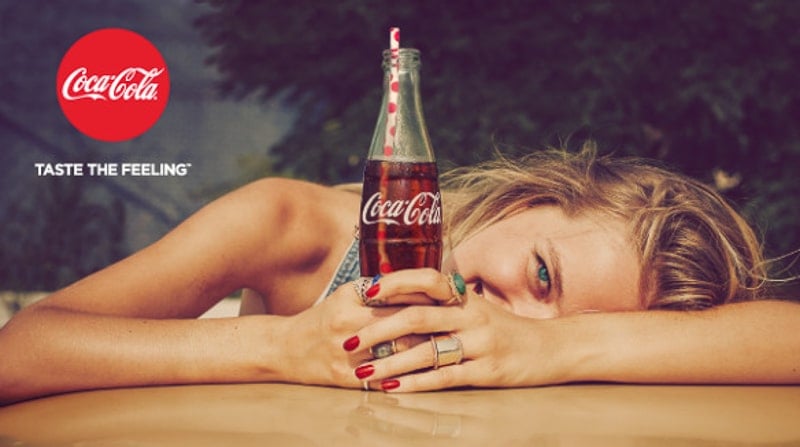
You can’t please everyone, so you need to choose 1-2 concepts and build your message around them. The simpler your message is, the better. If your values resonate with your audience, you have a good chance of getting loyal customers.
Your company’s personality is the way you embody your brand message. Brand personality helps you connect to your audience on an emotional level and makes you different from your competition.
How can you personify your brand? Brand identity is built by assigning human characteristics and traits to your brand. According to Sprout Social, most users buy from brands that are honest, helpful, and friendly.
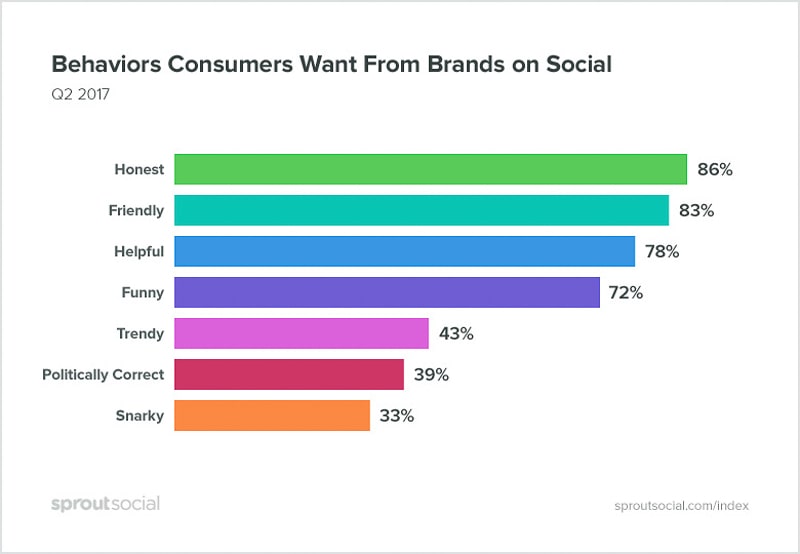
These characteristics can be expressed through branding elements like brand name, logo design, colors, fonts, tone of voice, etc.
According to Aaker’s research, in which he asked consumers to describe 59 brands from different categories, he identified five underlying dimensions of brand personality and 42 traits to measure those dimensions.
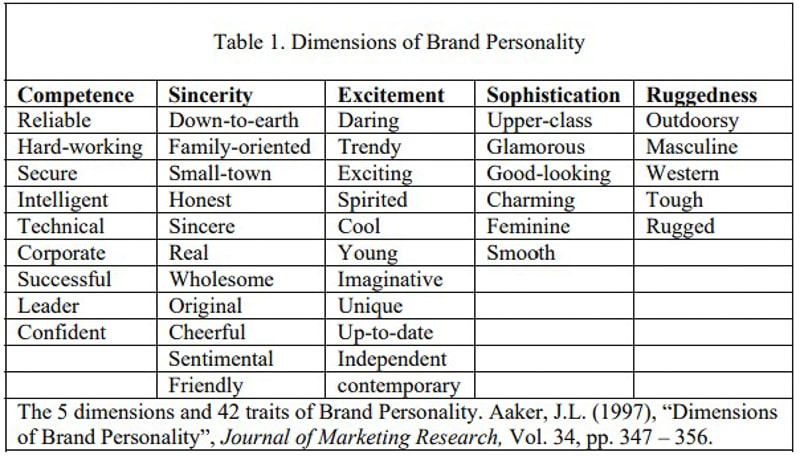
Like in human communication, people connect to brands that match their own personalities. So, you need to choose your brand personality wisely and align it with your target audience.
Your company logo is a symbol associated with your company and is the face of your brand identity. Branding statistics show that 75 percent of customers recognize a brand by its logo. What comes to your mind when you see a bitten apple or a mermaid? The logos of Apple and Starbucks, of course.
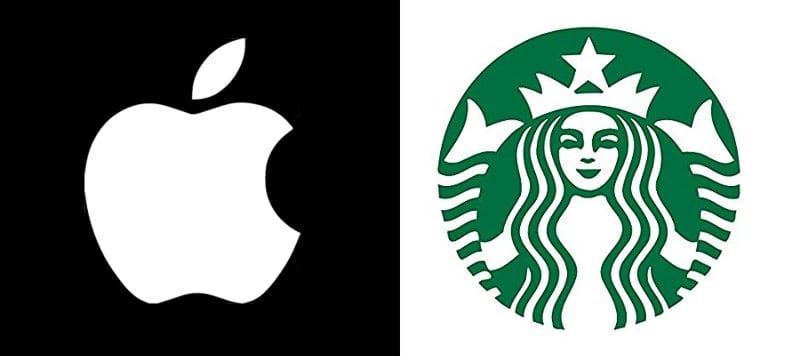
From your logo design to your logo colors, every detail should match and complement your brand. A strong logo should create emotional contact with the audience to bring forth memories and feelings related to that brand.
One of the important things to consider while designing a logo is where it’s going to appear. Obviously, it will be used in different formats, sizes, and colors, on different backgrounds and branding assets.
A quick trick is to use branding mockups to preview your logo on different promo materials and see if it looks the way you want it to.
If your brand had a human voice and the ability to speak, what would it sound like? What words and phrases would it use that are unique to its personality? Defining your brand voice will help to solidify your aspired brand image in the minds of your customers.
If you have followed the advice from our second point and schemed your brand personality, now it’s time to find a matching tone of voice. Is your brand friendly and casual? Then your written and spoken content should use conversational, relaxed language.
Always think of your audience members. Do your research to find out their age group, educational background, interests, etc. It’ll help to identify how your ideal client prefers to be spoken to.
Typography is another key player in branding. It extends your brand’s visual identity also to include text. With the right typography, you can have a more lasting impact on your audience. Each font has its own character, so by picking one, you attribute those characteristics to your brand. Check out our list of logo fonts to see which one best fits your visual style.
If you have a wordmark or monogram logo, use the same or similar typeface and font for your other branded assets. Abrupt changes in your font choice will impact your brand perception and voice.
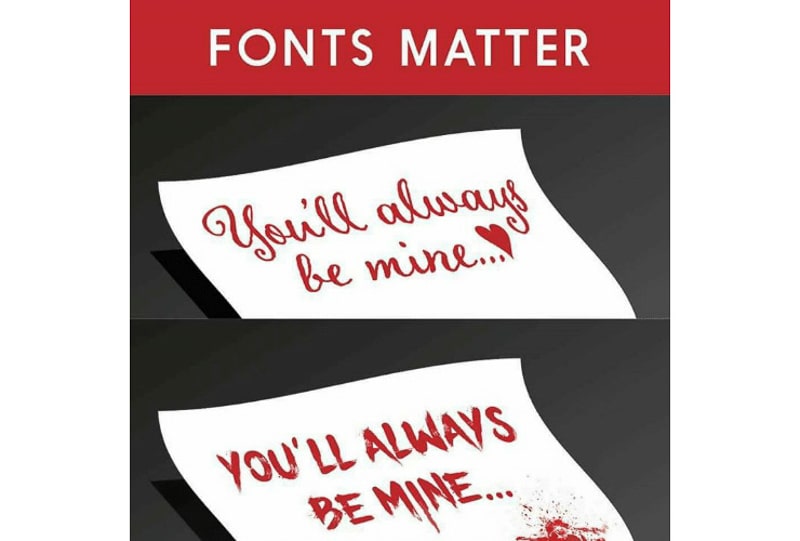
Never underestimate the power of colors. Colors convey certain emotions and feelings, so you need to find the right ones. Choose 1-3 primary colors and a few secondary ones to complete your brand’s color palette. Add the color specifications to your brand style guide, and don’t forget to address the recommended combinations as well.
Take a look at Google’s color specs, illustrated in their Visual Assets Guidelines:
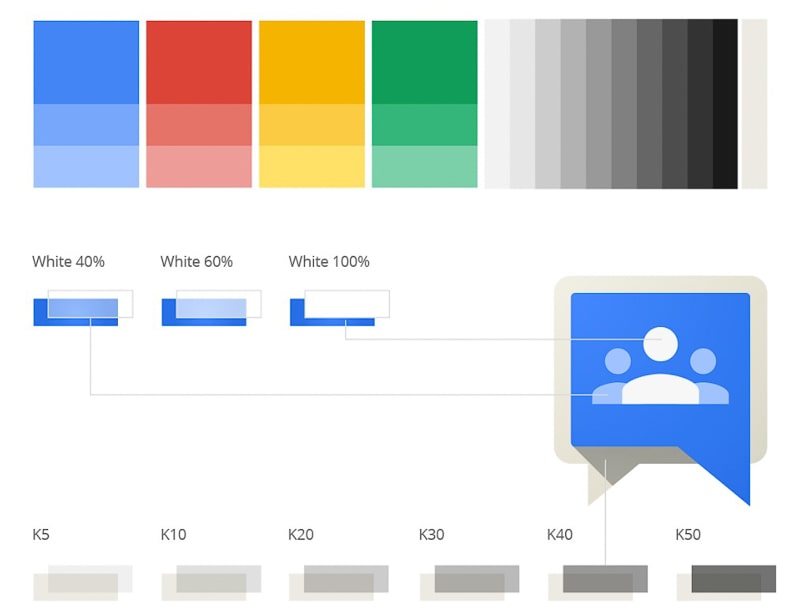

We recognize these colors wherever we see them. This is how it should be. Be consistent with your brand colors and let people remember you through them. Be it your website color scheme, branded merch, product packaging, or digital business card, make sure your assets portray your signature colors.
Another inseparable part of your brand is the visuals you create and distribute across your website and social media. How to stand out when so many companies use the same stock images and videos to promote their products/services? By being unique and creative.
Each platform has its own recommended image sizes and video dimensions, so make sure that your visuals are scalable to fit the specific requirements. Define the style of your imagery and keep consistency on all platforms.
Below are examples from our Facebook and Twitter accounts.

The same applies to branded videos, which deserve a special place in your marketing plan. If you find that hiring professionals to make your branded videos is too expensive, use ready-made video templates. It’s an excellent way to save time and resources without sacrificing the quality of your videos. Make your content extra special with a text to video AI tool, transforming your ideas into videos easily.
You can find hundreds of diverse video templates on Renderforest. All you need to do is select one that meets your business needs and customize it online in a couple of minutes.
Summary
In a world of wide choices and opportunities, it’s hard for a company to climb to the top and become a necessity. Building a strong brand gives you a chance to connect to people on a much more personal level and become a part of their lives.
This article defined what branding is, why it matters, and the most important parts of branding. Look at examples of top brands and learn from their successes and failures.
The strongest brands are built around an idea and purpose. Define yours, communicate it to your audience, and stay loyal to it with every asset of your brand.
Article by: Renderforest Staff
Dive into our Forestblog of exclusive interviews, handy tutorials and interesting articles published every week!
Read all posts by Renderforest Staff

